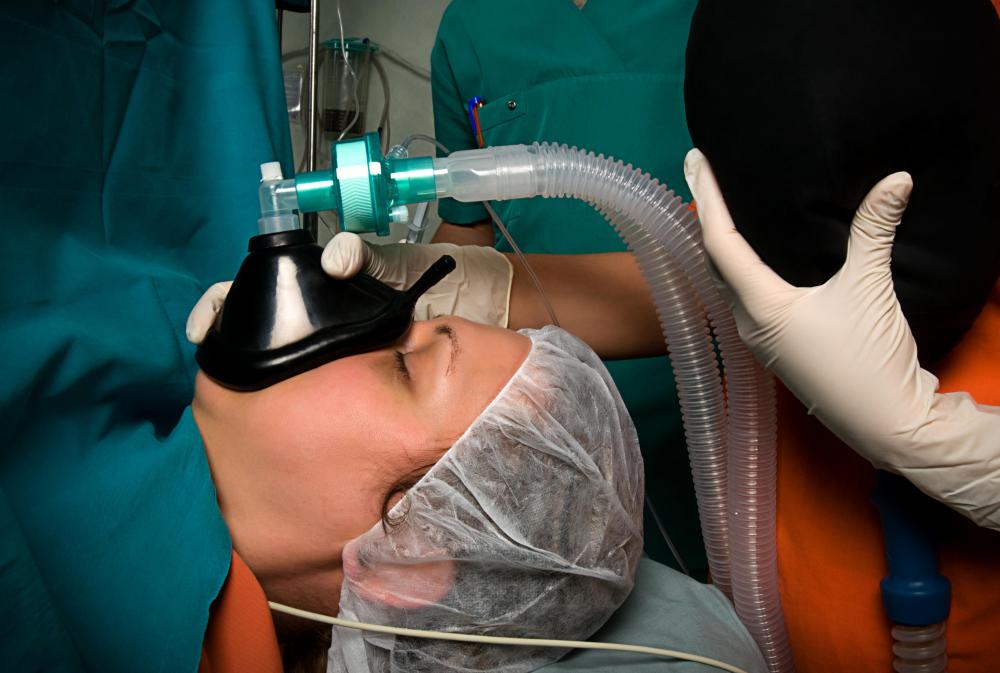At TheHealthBoard, we're committed to delivering accurate, trustworthy information. Our expert-authored content is rigorously fact-checked and sourced from credible authorities. Discover how we uphold the highest standards in providing you with reliable knowledge.
What Is Lumbar Radiofrequency Ablation?
Lumbar radiofrequency ablation is a surgical procedure that involves the use of electromagnetic waves to destroy spinal nerves that are responsible for chronic lower back pain. This procedure is typically used when prescription pain medications, steroid injections, and nerve blocks have not provided sufficient pain relief. A local anesthetic is normally used during lumbar radiofrequency ablation, although general anesthesia may be used in some situations. Complications stemming from this procedure are rare but may include infection, worsening pain, or damage to the surrounding nerves. Any questions concerning lumbar radiofrequency ablation should be discussed with the supervising physician prior to the procedure.
In most cases, lumbar radiofrequency ablation is performed on an outpatient basis, requiring only a few hours at the hospital. The patient will not be able to drive following the procedure, so a caregiver should be present. Anxiety medications may be given if the person undergoing the procedure is nervous about having surgery under the influence of a local anesthetic.

Just before the procedure, a needle will be used to administer a local anesthetic into the lower back. After the anesthesia takes effect, another needle is guided by x-ray to the affected nerve, and an electrode is carefully positioned at the end of the needle. Electromagnetic currents are then used to heat the needle. The needle is placed on the the affected nerve to destroy the fibers that transmit pain signals from the brain to the spine. In some cases, the nerve may be merely stunned instead of being completely destroyed.

Following the lumbar radiofrequency ablation procedure, the patient may experience mild to moderate discomfort after the effects of the anesthesia wear off. Over-the-counter or prescription pain medications may be used to reduce this temporary side effect. Neck or back pain may persist for a couple of weeks after the surgery, at which time most people will begin to notice a significant reduction of the original symptoms.

Most people do not experience any negative side effects following lumbar radiofrequency ablation, although infection or abnormal bleeding are possible. In some cases, the procedure does not reduce the pain and may even make it worse. In the most severe cases, damage to the surrounding nerves may occur, potentially leading to partial paralysis. Although these complications are rare, it is important for the patient to report any new or bothersome symptoms that develop following this procedure to a doctor for further medical evaluation.
AS FEATURED ON:
AS FEATURED ON:
















Discuss this Article
Post your comments